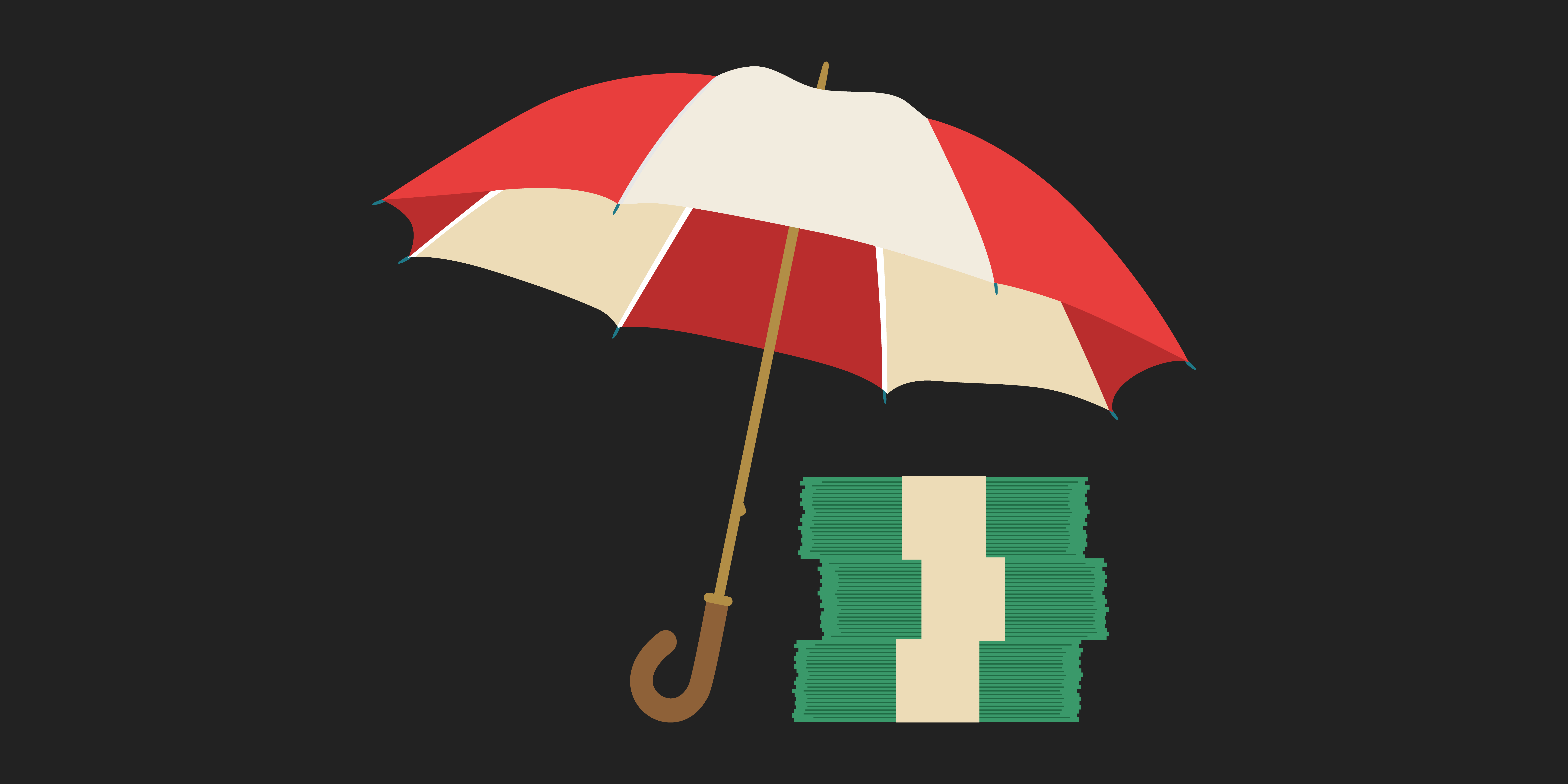Insurance helps protect people’s assets and provides financial security in the event of an accident or unexpected loss. But with so many different types of insurance available, it can be overwhelming to know which ones are essential for any specific individual.
Here is a breakdown of the main types of insurance and what they cover:
Life Insurance
This type of insurance provides a payout (called a death benefit) to designated beneficiaries in the event of the policyholder’s death. Most people think of life insurance as a safety net that provides coverage for their loved ones, or their dependents, if they die unexpectedly.
The death benefit is received tax free, and can be collected by a single person, divided among different people (like family members or friends), or received by an organization (like a charity), depending on who is designated as a beneficiary in the policy documents. The death benefit can also be used to cover any expenses that the beneficiary wants.
Most life insurance policies cover all causes of death (including illness, accidents, and homicide), with the exception of suicide.
There are two different types of life insurance:
Term Life Insurance: This type of insurance is typically the most popular because it tends to be more affordable. Premium payments stay the same for the term of the contract, as long as the policyholder keeps making payments, regardless of new illnesses or health complications. Typically, terms range between 10 and 30 years, in increments of 5 years. Once your term ends, you can extend your contract on a yearly basis, but your premium will generally be higher every year.
Permanent Life Insurance: This type of insurance lasts for the remaining lifetime of a person, but tends to be more expensive. These policies also generate a cash value, which is tax deferred for the duration of the policy. Most insurance providers will let policyholders borrow or withdraw against the cash value of the policy.
Most life insurance companies do not cover pre-existing conditions, and will deny a claim if they believe the policyholder lied about their health, misrepresented their condition, or concealed relevant information.
Health Insurance
Health insurance covers medical expenses for illnesses and injuries, including diagnostic tests, hospitalization, and prescription drugs.
Health insurance is important to cover unexpected medical expenses that can arise at any time. Medical bills can be extremely costly, and without insurance, a prolonged illness or injury could lead to financial ruin for some people.
In Canada, all eligible residents have medical insurance, but the coverage varies from province to province. In Ontario for example, dental care, mental health care, and holistic medicine that covers rehabilitation are generally not covered, so additional health insurance is needed to cover these types of expenses.
In the U.S., there is no universal healthcare. Medicaid and the Children’s Health Insurance Program (CHIP) offer free or low-cost health coverage to those who qualify.
Motor Insurance
Motor insurance provides coverage for damage or injury caused by a vehicular accident. Basic motor insurance, called liability insurance, is legally required to operate a vehicle.
Liability insurance covers damages to a third person. This means that in the event of an accident, where the policyholder is at fault, the insurance provider will pay for any medical expenses due to bodily injury, and for property damage, to the person inside the other vehicle. It might also cover legal fees, funeral expenses, or loss of income due to the accident for that person or persons. However, liability insurance does not cover the policyholder’s medical expenses, or damages to their vehicle, so the policyholder would be liable for those costs.
There is additional coverage, often referred to as full coverage, that also protects the policyholder in case of a collision. It might also cover partial or total theft of the vehicle, roadside assistance, and other perks.
Motor insurance types and their cost depend on your vehicle type (whether it’s a car, a boat, a motorcycle, or a truck), its type of use (whether it’s used for getting to work, or for transporting people or goods), and usually, the insured’s driving history (whether they have been in an accident previously, or have a clean driving record). Other factors that affect how much a premium is, include the maximum coverage, the age of the car, location, demographic factors like age and gender of the driver, etc.
Homeowner or Renters Insurance
Homeowner or renters insurance provides protection for damage or loss of personal property. For example, if there is a storm and a tree falls on the policyholder’s house, the insurance company would pay to fix the damages and cover any property that was destroyed, up to the policy’s maximum. Theft in case of a break in, and damages caused by accidental fires, are also covered by this type of insurance. Some homeowner or tenant insurance providers also include liability coverage in their policies. These provide protection in case someone is injured while on the designated property.
It’s important to read the fine print of each policy. In some areas that are prone to flooding or forest fires, these types of damages might not be covered by the policy, and additional specific coverage might be required, which means additional premium costs.
This type of insurance is different from mortgage loan insurance, which protects lenders against default, and is usually required by state or provincial laws.
Disability Insurance
Disability insurance, or income protection, provides financial protection for workers who become injured or ill and cannot work. This type of insurance gives a person financial security by protecting their income. Depending on the policy, the benefit to the insured replaces 50 to 80 percent of their income.
There is short-term and long-term disability insurance:
Short-term disability insurance provides temporary coverage for people, who for example, experience an accident or an illness and require recovery time, during which they are unable to work. Most employers offer short-term disability insurance to their employees through group insurance plans.
Long-term disability insurance provides protection from injury or illness for longer periods of time. It can even be permanent, depending on the provider and the policy. Although some employers offer this type of insurance, it is more commonly bought through private insurance companies.
Travel Insurance
Travel insurance gives people peace of mind while they travel by offering different levels of protection. Basic travel insurance offers trip protection. This is coverage that insures luggage against damage, theft, or loss, and unplanned expenses caused by cancelled or delayed flights. More comprehensive plans might also cover trip cancellation, due to illness or death, offering the beneficiary a refund on their trip, or allowing them to interrupt, or postpone. Many travel insurance companies also offer travel medical insurance, which provides travel emergency assistance, emergency medical coverage, and everything from evacuation, to repatriation of remains. Some credit card companies offer travel insurance as a perk for using their card. It’s important to check the fine print to determine what events it covers, and the maximums.





